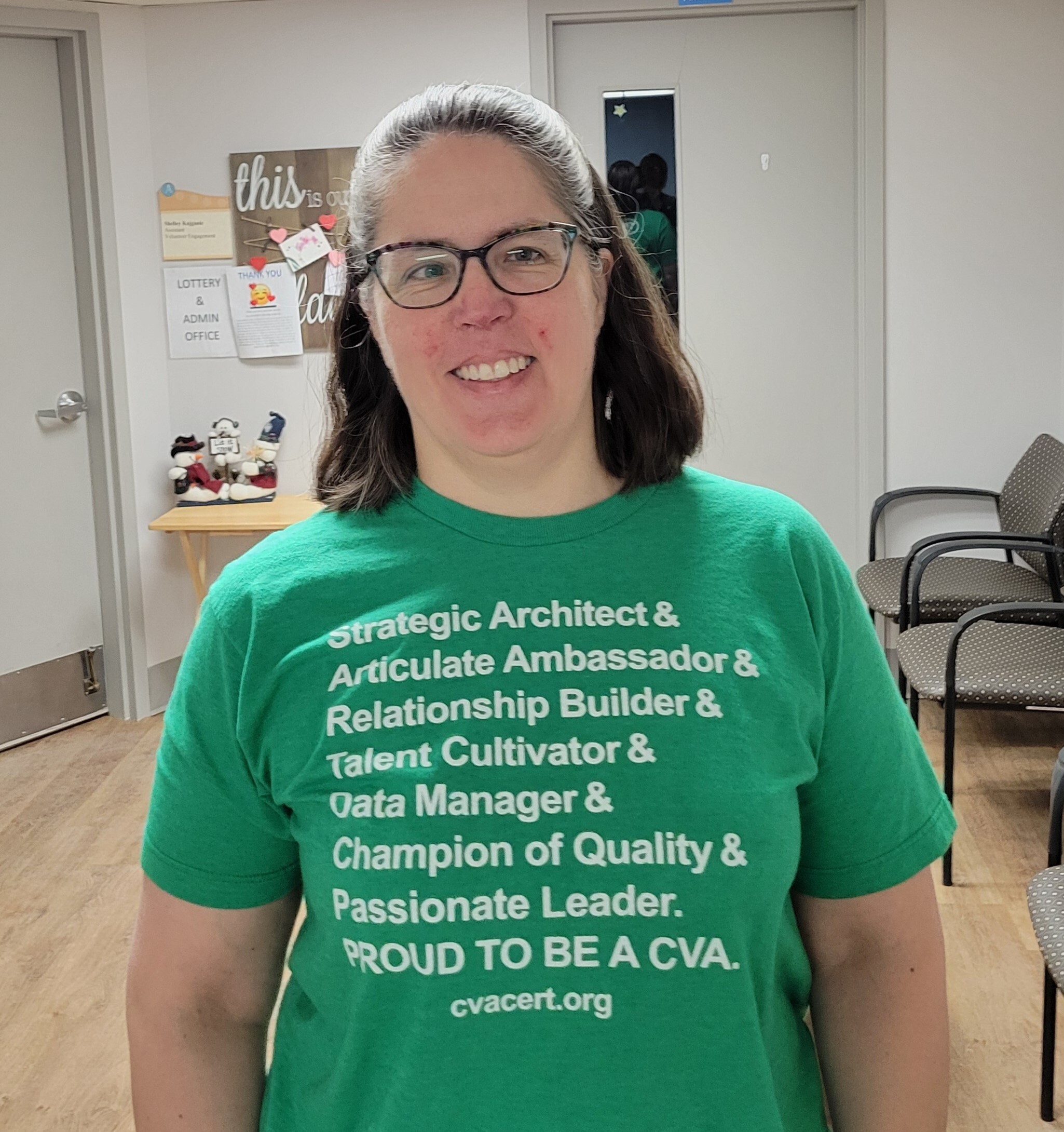Creating Connections That Unlock the Power of Volunteering
“Volunteers are taking our jobs.” A chastening remark, I’m sure you’ll agree. It was one we found in the below-the-line comments of a blog on a major...
4 min read
 Kari Astles, Vice-President of Volunteer Management Professionals of Canada (VMPC)
Nov 12, 2025 9:00:01 AM
Kari Astles, Vice-President of Volunteer Management Professionals of Canada (VMPC)
Nov 12, 2025 9:00:01 AM

If you’ve ever been part of a professional association, you know how valuable they can be. Local Volunteer Associations (AVAs) are the heartbeat of the volunteer engagement profession. They unite passionate individuals who dedicate their time to strengthening communities, supporting causes, and building resilient networks of care. These associations offer connection, professional development, and shared purpose, but they also face real challenges, especially around sustaining leadership and engagement.
From my perspective, local AVAs are all about connection. I’ve worked in volunteer engagement for over 25 years and have been a member of professional associations at the local, regional, and national levels for nearly all that time. These memberships have been invaluable in supporting me as a leader of volunteers. They have provided me with:
Despite their value, many AVAs struggle with sustainability, especially when it comes to recruiting and retaining leaders.
Leadership in volunteer associations is often a labor of love. It demands time, energy, and a willingness to navigate group dynamics, event planning, and strategy, often with little to no budget and off the side of your desk.
Potential leaders may hesitate due to burnout, time constraints, or uncertainty about the role. Let’s be honest, how often have you been recruited with “it’s just one hour a week,” only to discover it’s much more?
Other common challenges include:
Not everyone has access to a local AVA, but that doesn’t mean you’re without support. There are still many ways to connect and grow professionally:
If you're a leader of volunteers, joining your local AVA is a strategic move for your career and your organization. Here’s why:
Whether you’re new to the field or a seasoned professional, seek out your local AVA or network of leaders of volunteers. Attend a meeting, volunteer for a committee, or simply reach out. Your involvement can strengthen not only your own professional journey but the entire volunteer engagement profession.
And if you’ve ever considered stepping into a leadership role, now is the time. Your experience, ideas, and energy have never been needed more. Leadership doesn’t mean doing everything yourself; it can mean guiding, mentoring, and helping others shine.
In my experience, belonging to my local AVA has given me the confidence to take on leadership roles at the local level, which eventually led to me participating in Provincial and National opportunities. Currently I am serving as the Vice-President of the Volunteer Management Professionals of Canada (VMPC), a role I never would have thought possible when I joined my local AVA nearly 25 years ago. The connections I have made have helped me to build relationships, pursue my CVA certification, and take incremental steps outside my comfort zone in order to grow and thrive as a leader of volunteers.
Local volunteer associations are more than professional groups; they’re communities of practice and support systems. Yes, they face challenges, but with the right people stepping forward, they can thrive.
So, what are you waiting for? Get involved, lead, learn, and help build the future of volunteer engagement, one local connection at a time.
Featured Posts

“Volunteers are taking our jobs.” A chastening remark, I’m sure you’ll agree. It was one we found in the below-the-line comments of a blog on a major...

Volunteering New Zealand is the New Zealand peak body for volunteers and volunteering. With a wide-ranging membership of national organisations, it...

We talk a lot about burnout in the nonprofit sector, and burnout is especially common among volunteer engagement professionals. According to a 2017...